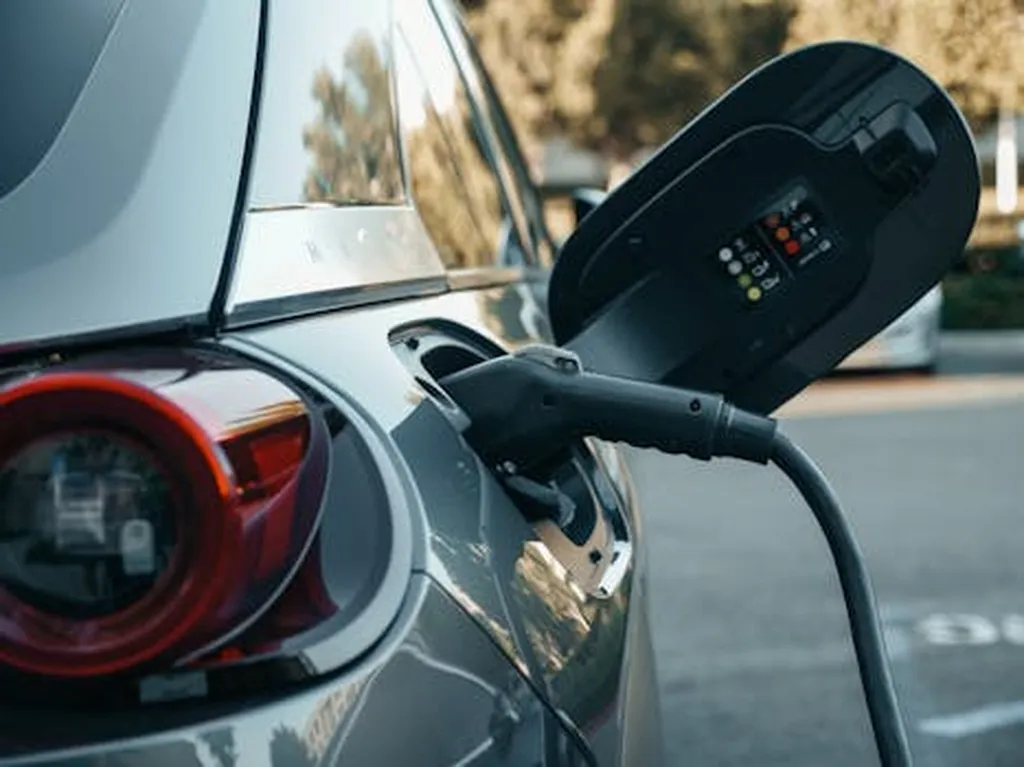In the rapidly evolving landscape of electric vehicles (EVs), a groundbreaking study published in the journal *Nature Scientific Reports* is set to redefine how battery swapping stations (BSS) operate, offering a dual-pronged approach that benefits both EV drivers and station operators. Led by Yong Su from the Guangdong Key Laboratory of Intelligent Information Processing at Shenzhen University, the research introduces a bi-decision model that optimizes both EV dispatch and BSS charging schedules, a significant leap from current isolated decision models.
The study addresses a critical gap in existing BSS research, which often focuses solely on either dispatching models or charging schedules. “Current models are like trying to solve a puzzle with half the pieces missing,” Su explains. “Our bi-decision model considers both aspects simultaneously, providing a more realistic and optimal solution for all stakeholders.”
The bi-decision model comprises two interconnected components. The first part, tackled using an adaptive tabu search (ATS) algorithm, minimizes the average extra time EVs spend at BSSs while considering the number of batteries and queuing EVs. The second part employs a multi-objective particle swarm optimization (MOPSO) algorithm to optimize electricity costs, battery charging damage, and power load variance for BSS operators.
The research demonstrates the viability of this approach through extensive experiments, comparing it with rule-based strategies like nearest-in-range. The results, illustrated in Gantt charts, show a marked improvement in efficiency and cost-effectiveness. “The bi-decision model not only reduces waiting times for EV drivers but also enhances the operational efficiency of BSSs,” Su notes.
The implications for the energy sector are profound. As the EV market continues to grow, the demand for efficient and cost-effective BSSs will rise correspondingly. This research provides a robust framework for optimizing BSS operations, potentially reducing costs and improving user experience. The study’s findings could influence future developments in EV infrastructure, paving the way for smarter, more efficient battery swapping stations.
In a field where every second counts, this bi-decision model offers a promising solution to the complex challenges of EV dispatch and charging schedule optimization. As the world moves towards a greener future, such innovations will be crucial in shaping the landscape of electric mobility.

